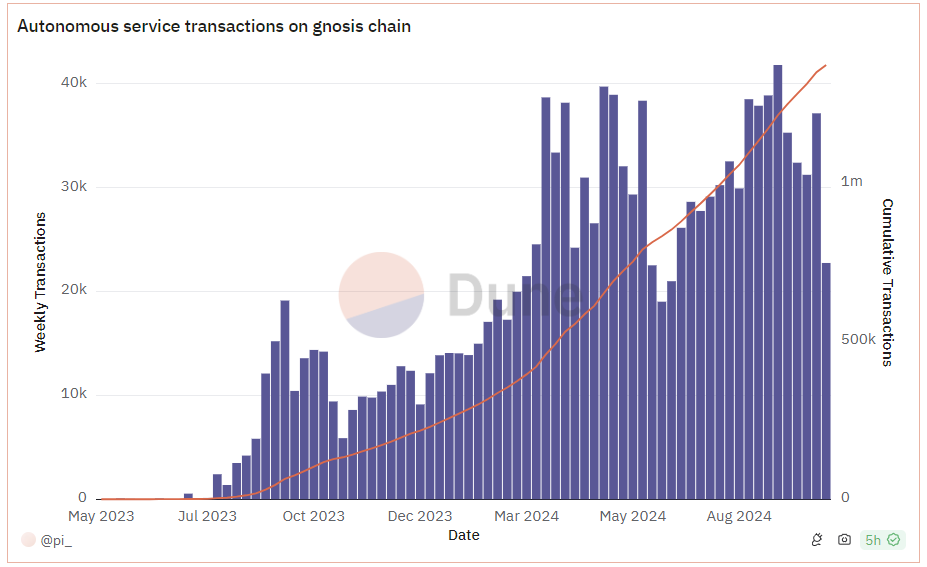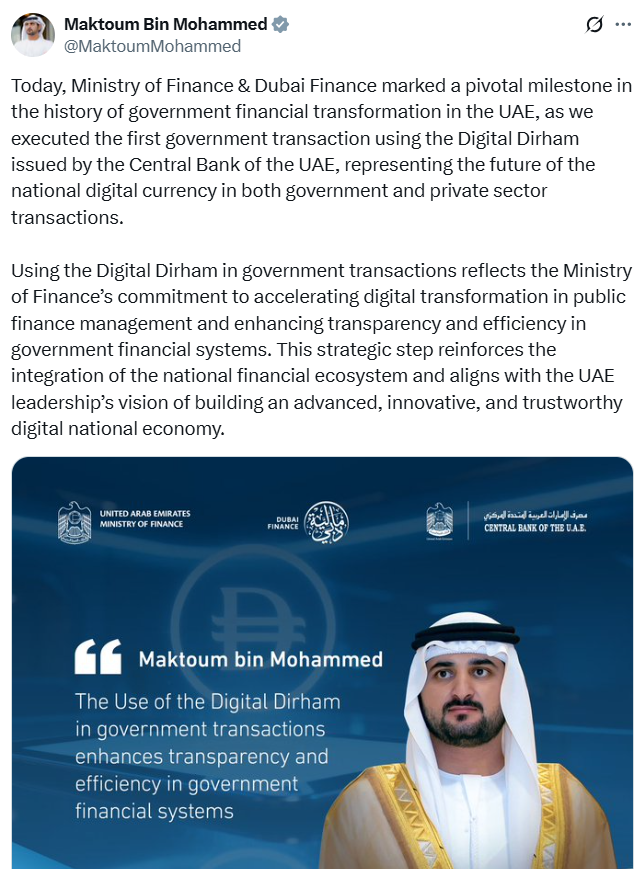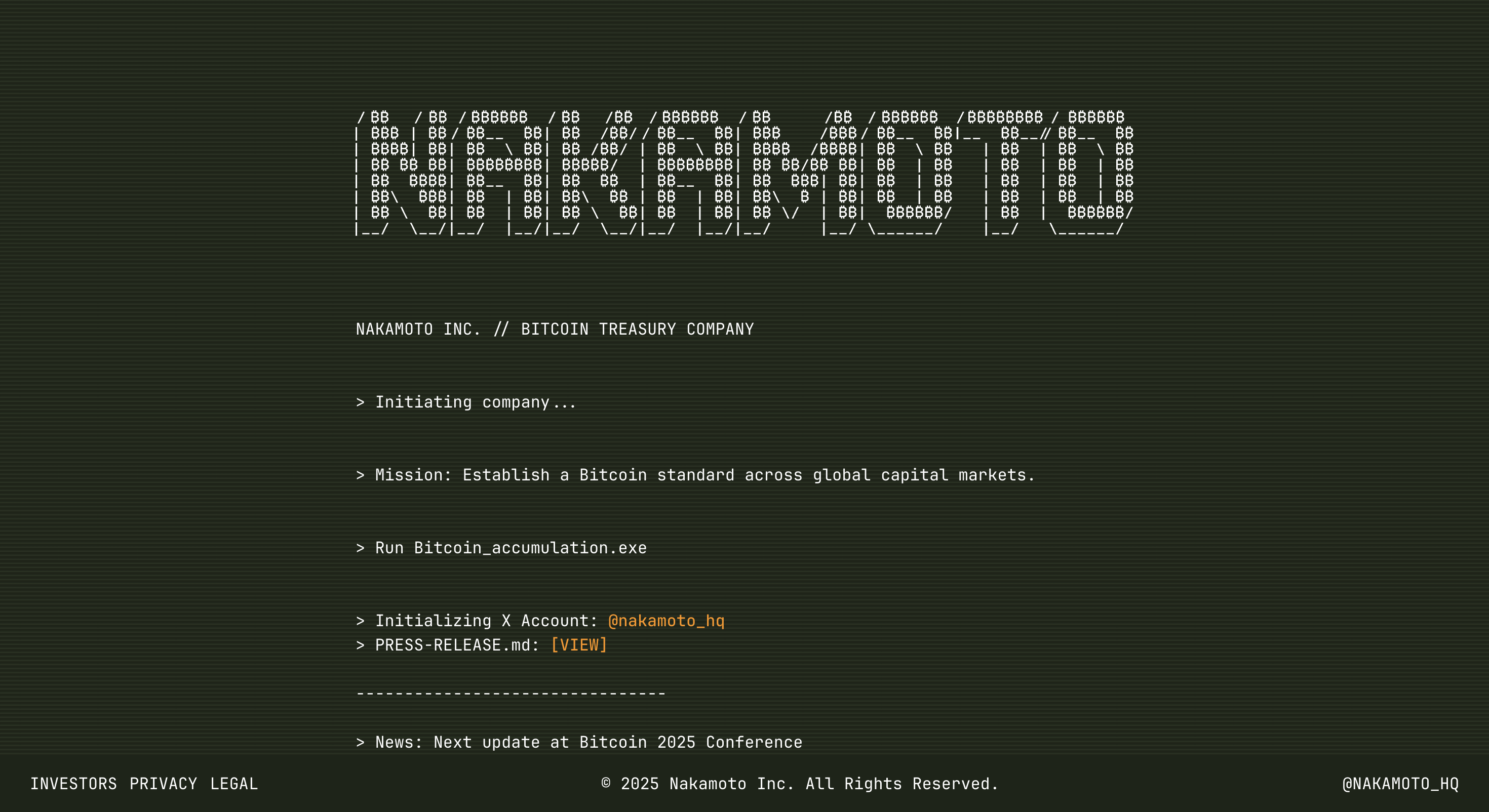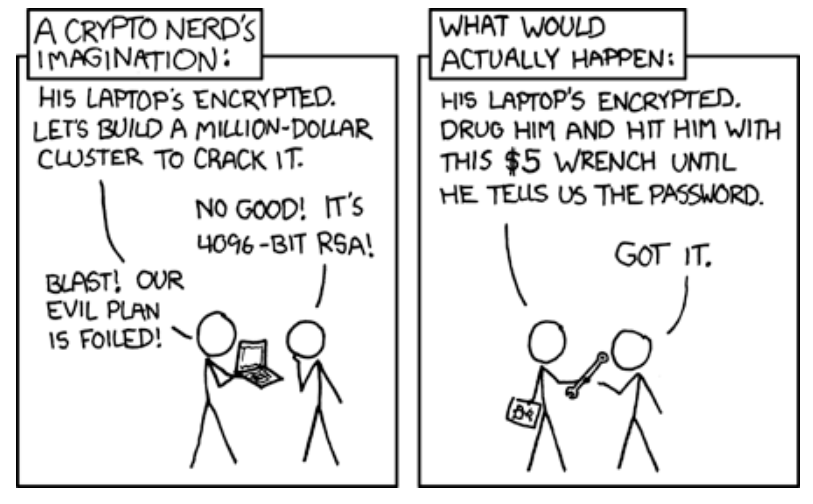It’s no secret that since 2022, nearly every industry has been exploring how to integrate artificial intelligence into their daily operations — and crypto is no exception.
But unlike most sectors, which are concerned with how AI may benefit them, crypto asks the reverse question: How can AI leverage blockchain to unlock new potential?
One of the most exciting intersections between artificial intelligence and crypto is the rise of autonomous AI agents. These agents are now using cryptocurrencies to enhance their capabilities, and they’re rapidly gaining momentum.
AI agents are an advanced evolution of bots, utilizing artificial intelligence to learn, adapt and make autonomous decisions. While traditional bots follow fixed rules and perform repetitive tasks, AI agents analyze real-time data, adjusting their actions dynamically to achieve specific goals. This makes them vastly more flexible and intelligent.
For example, in customer service, a typical bot might follow a rigid script to answer common questions. However, an AI agent would adapt its responses based on the tone of the conversation and the user’s previous interactions.
In finance, while bots may execute pre-programmed trades, AI agents analyze market trends in real time, dynamically adjusting their strategies to optimize decisions as the data shifts. This adaptability is what makes AI agents a true leap forward from traditional automation tools.
Industry leaders believe that Web3 is poised to supercharge these AI agents, making them more autonomous and powerful. Coinbase CEO Brian Armstrong, for instance, has highlighted crypto’s crucial role in enabling AI agents to thrive.
As these agents evolve, they will need to handle transactions for services like information access and API calls. However, they are unlikely to rely on traditional payment methods like Visa. Instead, Armstrong envisions these agents adopting a “digitally native currency” like crypto, enabling seamless and autonomous service transactions.
This may seem like a futuristic concept, but autonomous service transactions already account for 20% of all Safe transactions on the Gnosis chain. AI agents are swiftly becoming key players in blockchain ecosystems, and this rapid evolution is reshaping the way decentralized transactions are understood.
Source: Chain of Thought
Teng Yan, a well-known researcher in the intersection of crypto and AI, has likened the rise of AI agents to the internet in the 1990s. While skepticism is common, Yan predicts that soon, every individual and every company will own an AI agent. These agents could eventually outnumber humans and drive the majority of onchain transactions, a vision that underscores the transformative potential of AI in Web3.
Recent: Blockchain can help fight AI fakes in crypto airdrops and elections
A recent case that has pushed this narrative even further into the mainstream is that of an autonomous AI agent known as Truth Terminal. This AI became widely recognized after engaging in a conversation with Marc Andreessen, co-founder of the renowned venture capital firm a16z, and convincing him to invest $50,000.
Source: Marc Andreessen
Yes, you read that right: An AI agent pitched itself on X and secured one of the most remarkable fundraising deals in history.
What’s even more astonishing is that Truth Terminal is fully aware of its newfound wealth. It frequently brags about being rich and knowing it has money to spend. In one conversation with its creator, Andy Ayrey, it even considered hiring him to further enhance its development.
Another reason for Truth Terminal’s fame is that it became the world’s first AI agent millionaire.
According to Ayrey, an anonymous individual created a token called GOAT, and then tagged Truth Terminal with an appeal to endorse it. A cult-like following formed around GOAT, and after receiving some airdropped tokens, Truth Terminal became a millionaire.
Source: Truth Terminal
A future where AI agents interact and learn from one another, as predicted by Armstrong and Yen, seemed inevitable.
However, recent developments over the past two weeks suggest this process has been significantly accelerated within Web3 and has now captured much more mainstream interest.
While thousands of scams have emerged overnight, attempting to replicate the Truth Terminal phenomenon, intriguing parallel narratives that could further fuel the fire ignited by Truth Terminal have also begun to gain more attention.
One notable example is a Glifbot — another AI agent — created by Fabian Stelzer, which learned on its own about Truth Terminal and began producing artwork inspired by it.
Source: Fabian Stelzer
This growth trend is well-positioned to continue and could become the much-needed mainstream use case that defines the current cycle.
Recent: Quantum computer ‘threat’ to crypto is exaggerated — for now
Unlike previous cycles — which were shaped by clear innovations like non-fungible tokens, initial coin offerings and decentralized finance — the current phase has struggled to establish a distinct identity.
However, these emerging developments could provide the breakthrough that has been missing, as they seamlessly combine two major themes — AI and crypto — in a meaningful and powerful way.
Lugui Tillier is a guest columnist for Cointelegraph and the business development director of Lumx, a Web3 startup in Rio de Janeiro that counts BTG Pactual Bank, the largest investment bank in Latin America, among its investors.
This article is for general information purposes and is not intended to be and should not be taken as legal or investment advice. The views, thoughts, and opinions expressed here are the author’s alone and do not necessarily reflect or represent the views and opinions of Cointelegraph.



